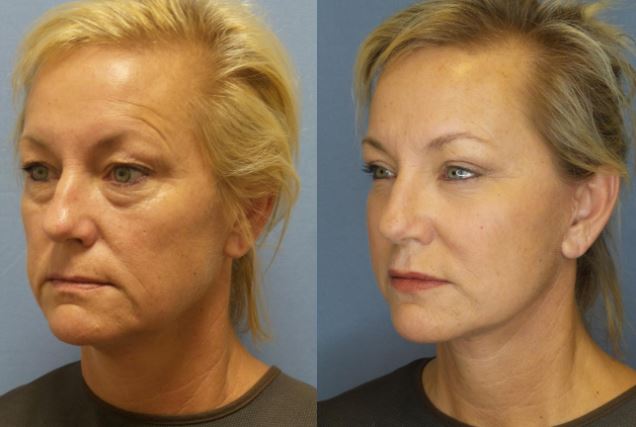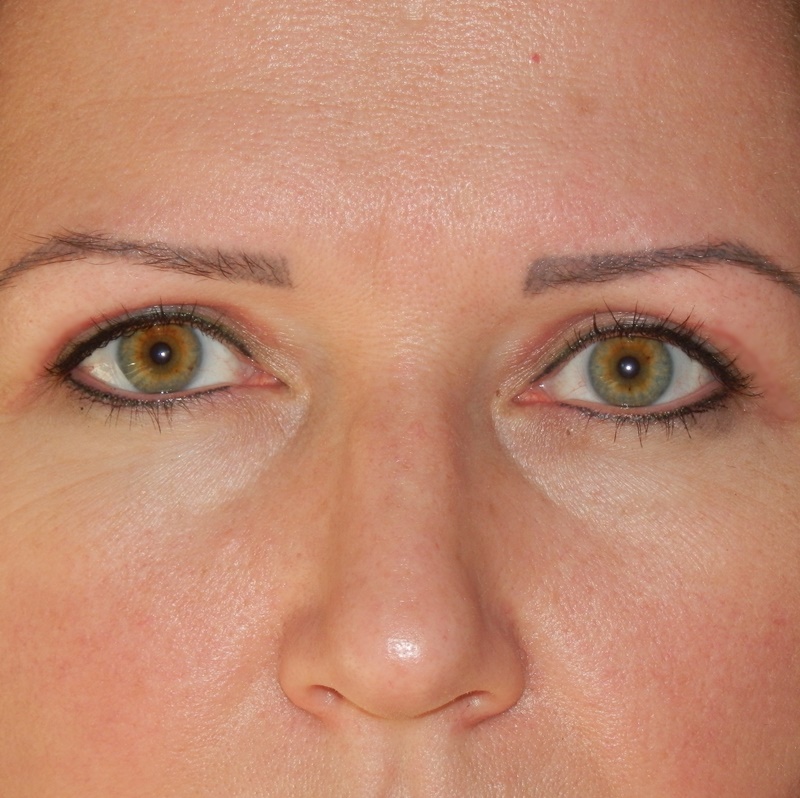
You may wonder if you can use Botox and Aimovig together if you suffer from chronic migraine headaches. This article will describe the use of these medicines and how to prevent side effects. Botox was also approved by The American Academy of Neurology. It is recommended that the two medications be used together to treat migraine headaches. They can also cause severe side effects.
Side effects associated with Aimovig
Both Botox (and Aimovig) have been proven to treat chronic migraine headaches. 40% of patients suffering from chronic migraine reported fewer headaches after three months. Botox reduced headache days in 24 weeks by an average of 9.2 days a month compared with nonusers. While both are brand names, they can't be generic.
Side effects of Aimovig or botosx can be minor but serious complications could occur. Although side effects of Aimovig and botosx are not common, serious reactions can occur. You should call your doctor immediately if there is a concern. Aimovig may cause an increase in blood pressure if you have high blood sugar. This may be a sign that your doctor has recommended a different medication or alternative treatment.

Side effects of Botox
It is possible to wonder what to expect when you are using aimovig. Botox, a type of injection, is administered by a doctor to patients every 12 weeks. The procedure consists of 31 tiny injections. Although Botox and Aimovig work in different ways they have similar side effects. A botox injection may be able to prevent migraines if you have trouble with headaches.
Botox injections don't have any side effects. However the possibility of muscle weakness or eyelid ptosis as well as neck pain are possible. These side effects are usually temporary and resolve within a few weeks. However, they can adversely affect the patient's ability to comply with the procedure. Botox treatment also requires injections every 12 week. The injections are painful and can require a cold compress for a few weeks.
Side effects of CGRP mAbs
While side effects of CGRP inhibits have been documented in a few clinical trials they weren't common. Many patients also had other inflammatory conditions, while some suffered unexpectedly from an exacerbation or worsening of an already existing condition. Although some patients were deemed 'at-risk', this is still uncertain. It is important to be cautious due to a lack information regarding the drug interactions between CGRP inhibits and other inflammatory comorbidities. To ensure the safety of CGRP inhibitors, physicians must be aware of these risk groups. Patients registries are necessary to identify those at-risk.
CGRP mAbs cause severe flares of psoriasis and arthritic conditions. Both psoriatic arthritis and psoriasis are characterized by two distinct phases of inflammatory processes. During the initiating stage, keratinocytes secrete antimicrobial proteins that stimulate plasmacytoid cells. These peptides are known to stimulate myeloid cell differentiation and maturation into TH1-TH17 cells. Activated myeloid cells promote inflammation by moving to lymph nodes.

Combination therapy can have side effects
Aimovig and Botox are prescription drugs used to treat migraine headaches. Aimovig is an intramuscular injectable that is given once every 12 week. Both medications can cause similar side effects. These medications can combine to cause serious side effect. Your doctor should be consulted if you are considering trying any combination of these drugs. In the meantime, learn about the risks associated with each treatment.
Botox, an FDA-approved treatment to treat migraines, is available for adults. It requires at most 31 injections. The procedure is repeated every 3 months. While the side effects are rare, temporary muscle weakness or decreased compliance can occur. It also reduces neurotransmitters, such as CGRP. If combined with botox, there is a risk of muscle weakness.